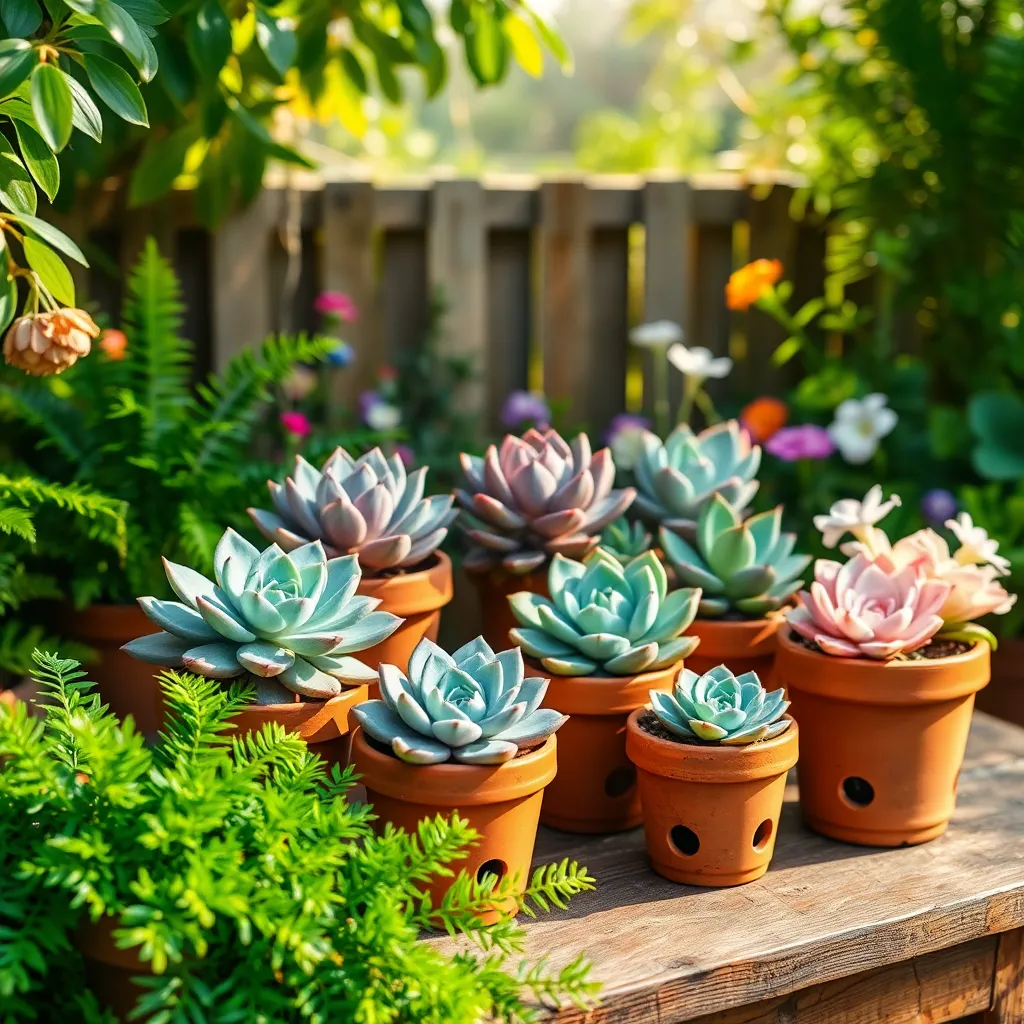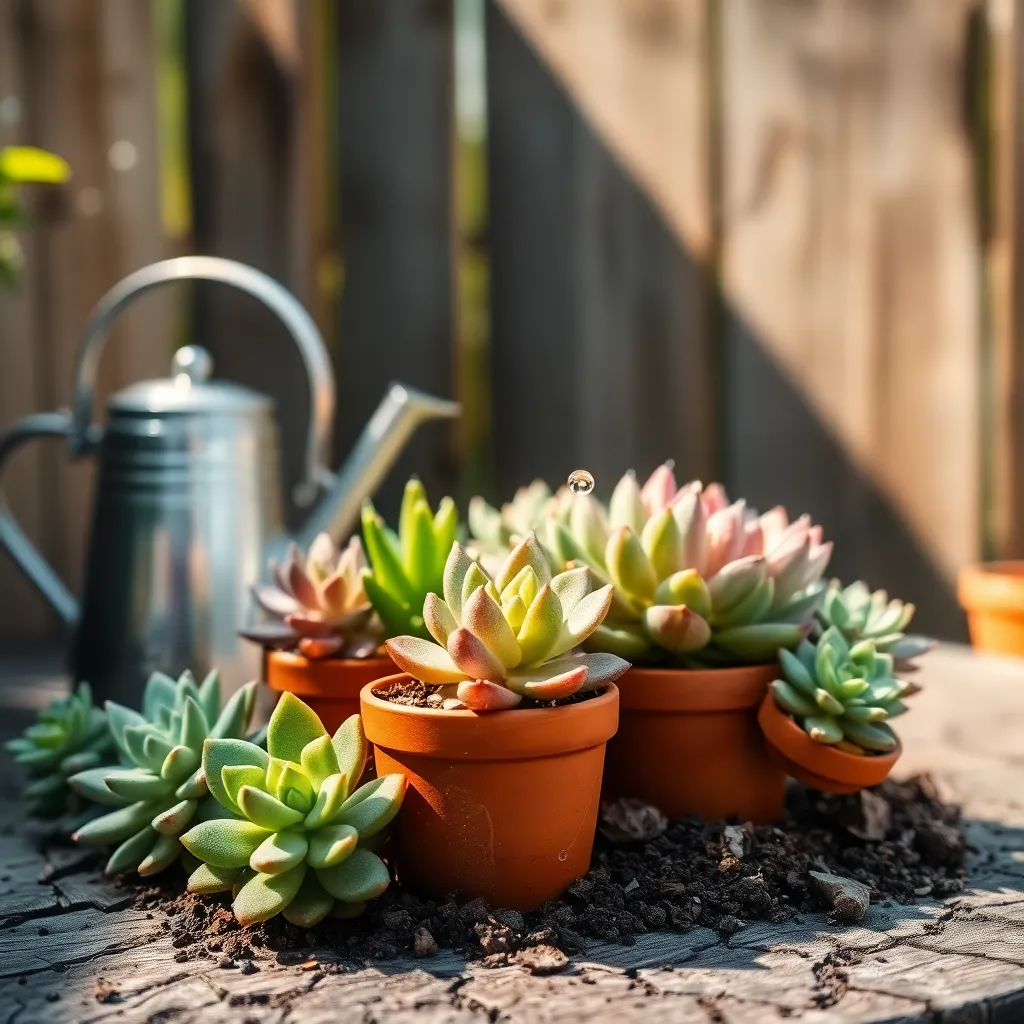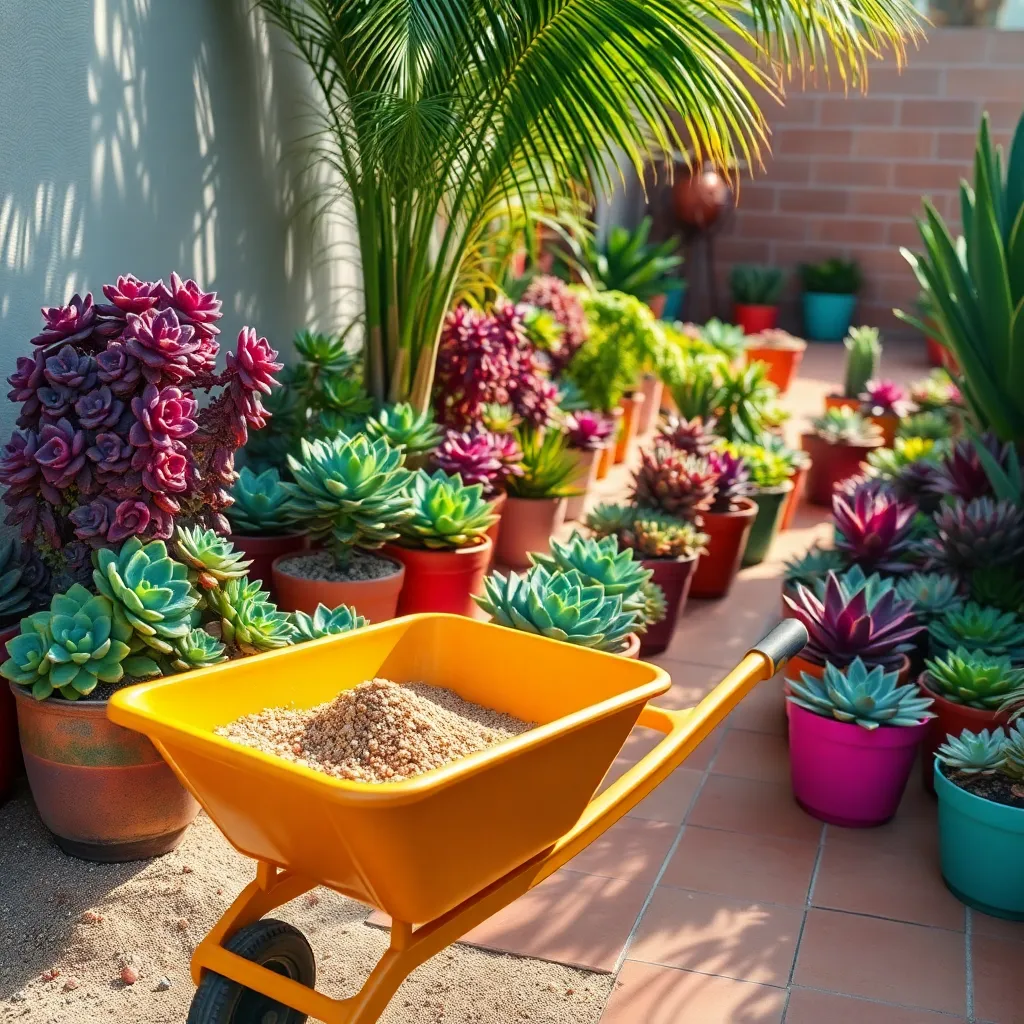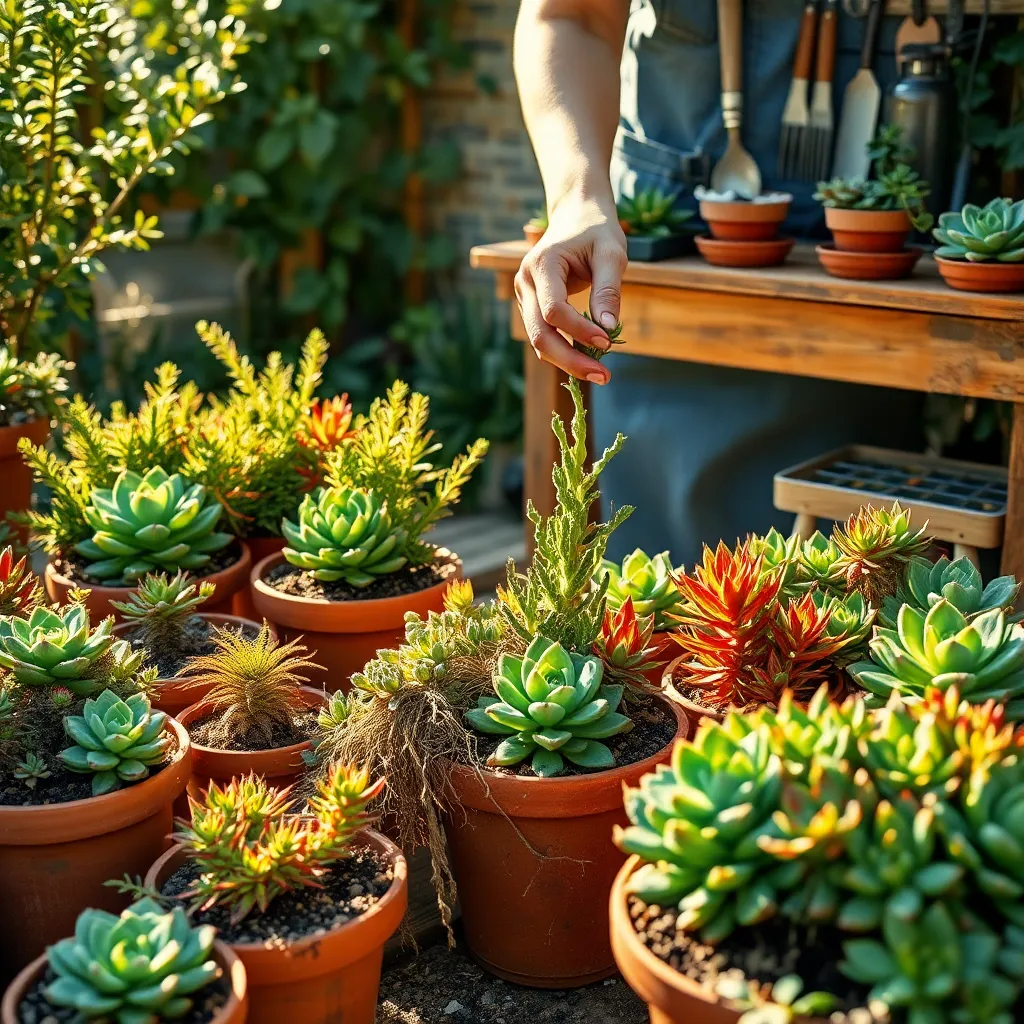Welcome to the vibrant world of succulent gardening, where the joy of nurturing these resilient beauties knows no bounds! Whether you’re a budding gardener just starting to cultivate your green thumb or a seasoned plant enthusiast seeking to expand your collection, this guide is crafted to inspire and empower you. Succulents, with their diverse shapes, colors, and textures, offer endless possibilities for creativity and design in your home and garden.
In this guide, you’ll discover a curated list of succulents that are not only visually stunning but also exceptionally easy to care for. These hardy plants are perfect for anyone looking to enjoy the benefits of gardening without the fuss, making them ideal companions for both novices and experienced gardeners alike. Dive into these practical tips and watch your confidence bloom as you learn the secrets to thriving succulents, ensuring your green space becomes a source of pride and serenity.
Choose Pots with Drainage Holes

When selecting pots for your succulents, ensure they have adequate drainage holes. This feature is crucial because succulents are prone to root rot if left in waterlogged soil.
The presence of drainage holes allows excess water to escape, preventing the soil from remaining overly saturated. For beginners, it’s a simple yet effective step to safeguard your plants’ health.
Consider using pots made from materials like terra cotta, which naturally wick moisture away from the soil. This adds an extra layer of protection against overwatering, a common mistake for succulent enthusiasts.
For those looking to enhance their skills, try using a well-draining potting mix specifically designed for succulents, which usually contains a mix of sand, perlite, and gravel. This will work in harmony with pots that have drainage holes, ensuring your succulents thrive.
Rotate Succulents for Even Growth

To ensure your succulents grow evenly, it’s crucial to rotate them regularly. Succulents tend to grow towards the light, which can cause them to lean or stretch if left unchanged.
Begin by placing your succulents in a spot where they receive bright, indirect sunlight. Every two weeks, give each pot a gentle quarter turn to encourage balanced growth.
By rotating your succulents, you help all sides receive equal exposure to light. This practice not only promotes aesthetic symmetry but also strengthens the plant as a whole.
Advanced gardeners might consider using a lazy Susan for easy rotation of multiple pots. Keeping a consistent rotation schedule can prevent the plants from becoming lopsided or leggy over time.
Avoid Humidity and Over-Misting

While succulents are known for their drought tolerance, they thrive best in environments with low humidity. High humidity can cause moisture to linger on the leaves, increasing the risk of rot and disease. To ensure your succulents stay healthy, keep them in a well-ventilated area where air circulates freely.
Avoid the common mistake of over-misting, which can lead to waterlogged roots and fungal issues. Instead, opt for a deep but infrequent watering routine that allows the soil to dry out completely between waterings. This approach mimics their natural desert habitat, promoting robust root development and overall plant health.
For indoor succulents, consider using a dehumidifier if your home tends to be humid. This small adjustment can significantly improve the growing conditions, making your succulents more resilient and vibrant. Additionally, always use a pot with drainage holes and a well-draining soil mix, such as cactus or succulent soil, to prevent excess moisture accumulation.
During particularly humid months, you might need to adjust your watering schedule, reducing the frequency to prevent overwatering. Advanced gardeners can monitor the humidity levels with a hygrometer, making precise adjustments to the care routine. By maintaining the ideal dry conditions, your succulents will flourish, showcasing their unique textures and forms beautifully.
Fertilize During Active Growth

During their active growth phase, succulents benefit greatly from fertilization, which typically occurs in spring and summer. To ensure they thrive, use a balanced, water-soluble fertilizer diluted to half strength every four to six weeks.
It’s important to choose a fertilizer with a low nitrogen content, as excessive nitrogen can lead to weak, overly lush growth. Look for products specifically formulated for cacti and succulents, as they provide the right nutrient balance.
While fertilizing, make sure the soil is moist to prevent root burn, which can occur if the fertilizer is applied to dry soil. Water your succulents a few days before feeding them to ensure optimal absorption of nutrients.
Advanced gardeners might consider using a slow-release fertilizer, which can be applied at the start of the growing season. This method ensures a steady supply of nutrients without the need for regular feeding, making it a convenient option for those with larger collections.
Remove Dead Leaves Regularly

Regularly removing dead leaves from your succulents is crucial for their health and appearance. This practice not only improves the aesthetic of your plant but also prevents disease and pest infestations.
Dead leaves can harbor pests such as mealybugs or fungus gnats, which can quickly spread to healthy parts of the plant. By eliminating these leaves, you reduce the risk of infection and promote better air circulation around your succulents.
To remove dead leaves, gently pull them away from the base of the plant, using your fingers or a pair of clean, sharp scissors. Be sure to dispose of the dead foliage away from your plant collection to prevent any potential spread of pests or diseases.
In addition to removing dead leaves, inspect your succulents for any signs of overwatering, as this can also lead to leaf drop. Ensure you are using a well-draining soil mix, such as one made of coarse sand, perlite, and potting soil, to prevent excess moisture accumulation.
Conclusion: Growing Success with These Plants
In exploring the enchanting world of succulent gardening, we’ve uncovered five key relationship concepts that can beautifully translate into nurturing our personal connections. First, patience is vital; just as succulents require time to thrive, so do our relationships. Second, understanding each other’s needs is crucial, much like knowing the specific care requirements of different succulents. Third, creating a supportive environment encourages growth, reminding us to nurture our relationships with positivity and encouragement. Fourth, resilience builds strength; succulents teach us the power of enduring through challenges together. Lastly, celebrating uniqueness in every plant parallels appreciating individuality in our partners.
As an actionable step, take a moment today to recognize and appreciate a unique quality in someone you care about, fostering a deeper connection. Remember, relationships, like gardens, flourish with attention and care. Bookmark this article as a trusted guide to revisit these principles whenever you need a gentle reminder.
As you continue this journey, envision a future where your relationships are as vibrant and enduring as a well-tended succulent garden. Embrace the power of these insights and watch your connections thrive. Save this article now, and let it be your companion in cultivating lasting relationship success.
